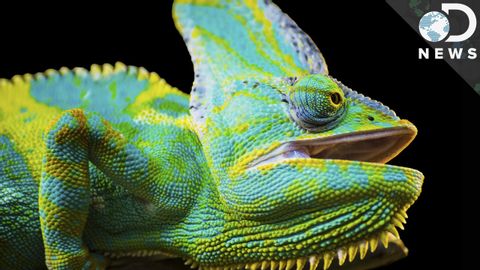
Subtitles & vocabulary
How Do Chameleons Change Colors?
00
Jack posted on 2015/09/09Save
Video vocabulary
color
US /ˈkʌlɚ/
・
UK /'kʌlə(r)/
- Transitive Verb
- To change or affect someone's opinion
- To make something colorful using colored pencils
- Noun (Countable/Uncountable)
- Quality of things you can see, e.g. red, blue
- Pink or red in your face, e.g. after being ill
A1
More change
US /tʃendʒ/
・
UK /tʃeɪndʒ/
- Transitive Verb
- To exchange one set of clothes for another
- To exchange one kind of money for another
- Noun (Countable/Uncountable)
- Exchange of one set of clothes for another
- Money in the form of coins instead of paper
A1
More light
US /laɪt/
・
UK /laɪt/
- Transitive Verb
- To cause something to burn; put a burning match to
- To provide a way to see ahead
- Adjective
- Being bright making it easy to see; not dark
- Being pale and lacking darkness of color
A1
More animal
US /ˈænəməl/
・
UK /ˈænɪml/
- Noun (Countable/Uncountable)
- A living creature that is not a plant or person
A1
More Use Energy
Unlock All Vocabulary
Unlock pronunciation, explanations, and filters
